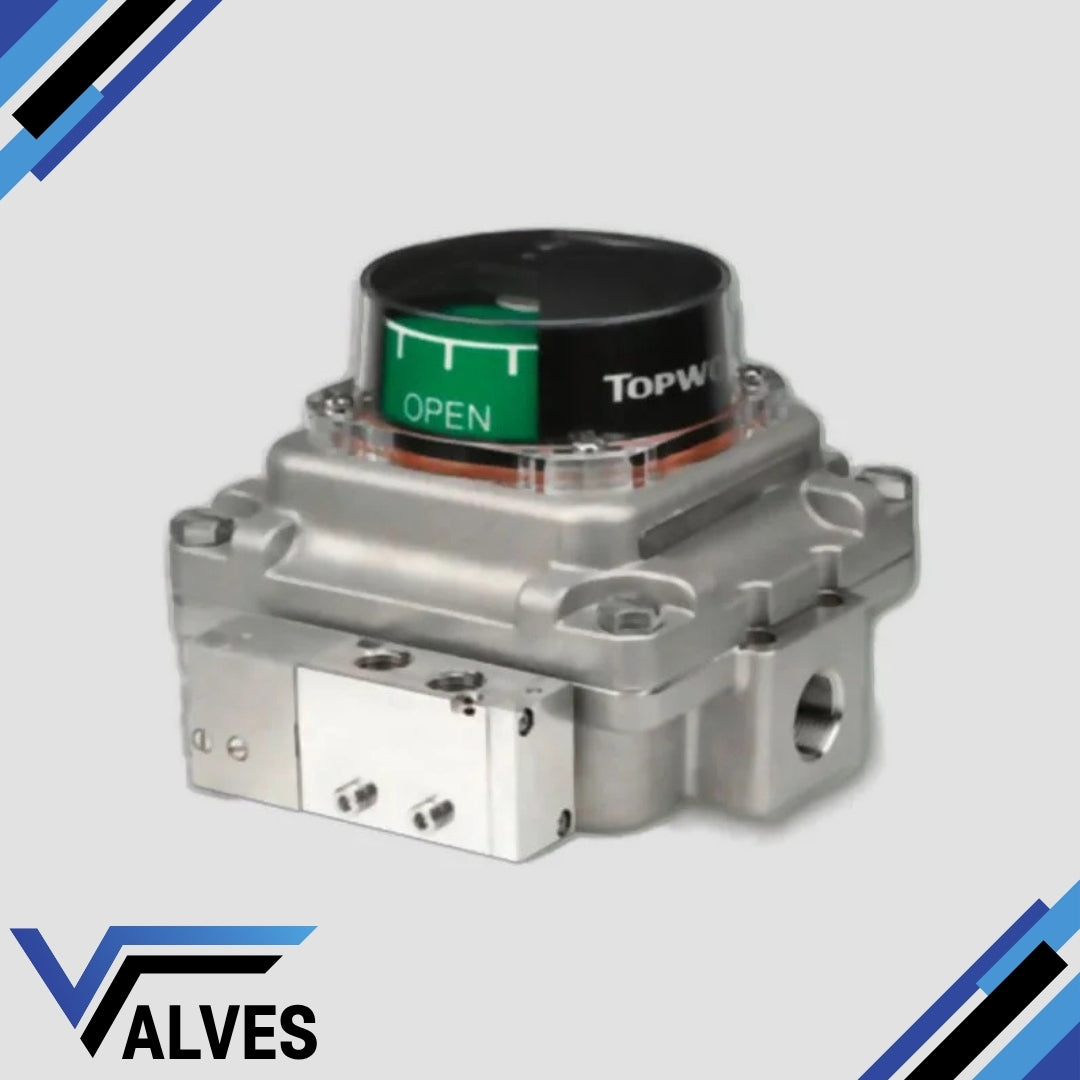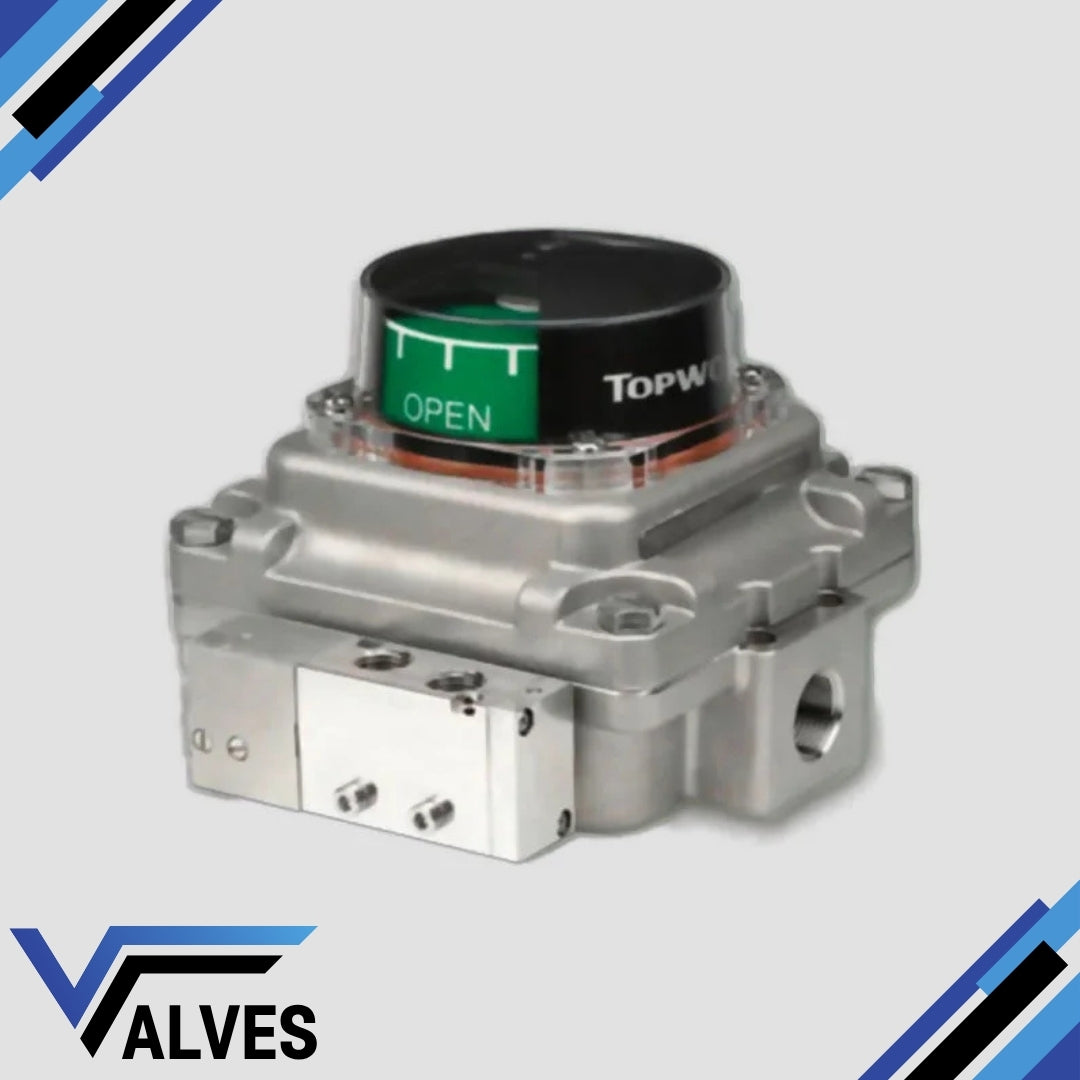Topworx Switchboxes
TopWorx Limit Switch Box TXS-0X1GLMM Valve Monitor
TopWorx Limit Switch Box TXS-0X1GLMM Valve Monitor
Couldn't load pickup availability
The TopWorx TXS-0X1GLMM is a high-performance valve monitor designed for use in extreme and demanding environments. This compact and robust switchbox provides accurate position sensing and reliable valve control for critical industrial applications. Engineered to deliver full functionality while saving space, the TXS model is particularly suited for installations requiring direct-mount enclosures. With global certifications, it can be deployed in hazardous areas across a wide range of industries such as oil and gas, chemical processing, and power generation.
Key Features:
- Compact Design: The TXS series features a compact, direct-mount enclosure, which helps in space-constrained applications without compromising performance.
- Versatile Sensing Options: Available with various sensor configurations, including GO Switch technology, to ensure precise and reliable valve position feedback.
- Global Certifications: The TXS series is certified for use in hazardous locations worldwide, making it an excellent choice for industries that demand high safety standards.
- Durability: Designed for harsh environments, the TXS switchbox is resistant to corrosion, vibration, and extreme temperatures, ensuring long service life and reduced maintenance.
- Communication Protocols: Supports multiple communication protocols such as Foundation Fieldbus, DeviceNet, and others, enabling seamless integration into existing plant systems.
Additional Information: The TopWorx TXS series enhances operational efficiency by reducing downtime and providing reliable performance in critical applications. The use of GO Switch leverless limit switches ensures no external moving parts, making the TXS series resilient to environmental wear and tear. Moreover, the integrated design allows for easy installation and configuration, providing operational flexibility and maximising profitability by minimising costly interruptions.
Share

FAQ's
What is the difference between a valve and an actuator?
What types of actuators are available?
The main types of actuators are:
Pneumatic actuators – use compressed air for fast, reliable operation.
Electric actuators – use electrical power for precise control.
Hydraulic actuators – use fluid pressure for high-torque applications.
Each type offers unique advantages depending on the environment, media, and system control needs.
How do I choose the right actuator for my valve?
To select the correct actuator, consider:
Valve type and torque requirement
Power source available (air, electric, or hydraulic)
Operating environment (temperature, humidity, hazardous area)
Control signal type (on/off or modulating)
Matching actuator torque and compatibility with the valve’s ISO mounting ensures reliable performance.
What are the main types of valves used in automation?
The most common valves in automated systems include:
Ball valves – for tight shutoff and quick operation.
Butterfly valves – for larger flow control with compact design.
Globe valves – for precise throttling and flow regulation.
Check valves – to prevent backflow.
Gate valves – for full bore flow isolation.
What’s the difference between a double-acting and spring-return actuator?
Double-acting actuators use air (or power) to both open and close the valve.
Spring-return actuators use air to open (or close) the valve, and a built-in spring to automatically return it to a safe position when power or air is lost — ideal for fail-safe operation.
How often should valves and actuators be serviced?
Regular maintenance intervals depend on operating conditions, but a good rule of thumb is to inspect every 6–12 months.
This includes checking for leaks, lubrication, seal wear, and actuator responsiveness to prevent unexpected downtime.

